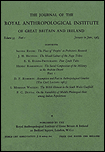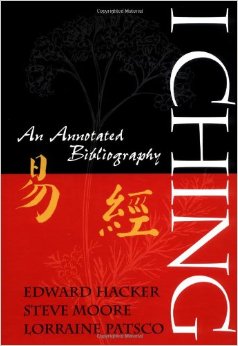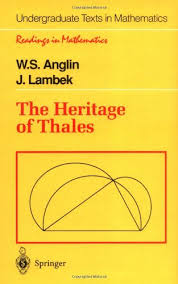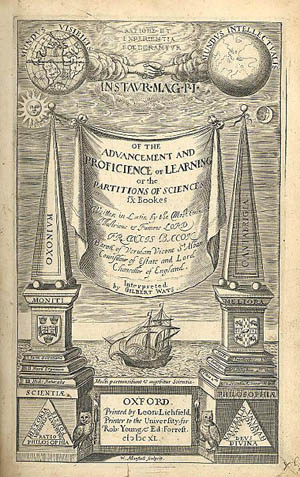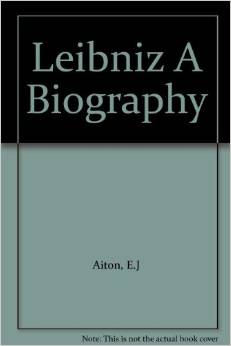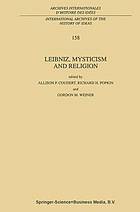Base 2
The binary numeral system, or base-2 numeral system, represents numeric values using two different symbols: typically 0 (zero) and 1 (one).
Because of its straightforward implementation in digital electronic circuitry using logic gates, the binary system is used internally by almost all modern computers and computer-based devices such as mobile phones. Each digit is referred to as a bit.
More in general, there are a lot of examples of the use of binary system.
There exists among the most primitive tribes of Australia and Africa a system of numeration which has two for base. It is a binary system. These tribes have not yet reached finger counting. They have independent numbers for one and two, and composite numbers up to six. Beyond six everything is denoted by “heap” (Haddon, 1890).
| number | word |
|---|---|
| 1 | urapun |
| 2 | okosa |
| 3 | okosa-urapun |
| 4 | okosa- okosa |
| 5 | okosa -okosa-urapun |
| 6 | okosa -okosa- okosa |
The I-Ching, an ancient divination text and the oldest of the Chinese classics, dates from the 9th century BC in China and is based on the duality of yin and yang (Hacker, Moore, & Patsco, 2002).
The Indian scholar Pingala (around 5th–2nd centuries BC) developed a binary system for describing prosody. (Lambek, 1995) He used binary numbers in the form of short and long syllables (the latter equal in length to two short syllables), making it similar to Morse code.
The residents of the island of Mangareva in French Polynesia were using a hybrid binary-decimal system before 1450 (Bender & Beller, 2013).
In 1605 Francis Bacon discussed a system whereby letters of the alphabet could be reduced to sequences of binary digits, which could then be encoded as scarcely visible variations in the font in any random text (Bacon, 1605)
Slit drums with binary tones are used to encode messages across Africa and Asia.
As a Sinophile, Leibniz was aware of the I-Ching and noted with fascination how its hexagrams correspond to the binary numbers from 0 to 111111, and concluded that this mapping was evidence of major Chinese accomplishments in the sort of philosophical mathematics he admired (Aiton, 1985).
Binary numerals were central to Leibniz's theology. He believed that binary numbers were symbolic of the Christian idea of creatio ex nihilo or creation out of nothing (Lai, 1998).
In 1854, British mathematician George Boole published a landmark paper detailing an algebraic system of logic that would become known as Boolean algebra. His logical calculus was to become instrumental in the design of digital electronic circuitry (Boole, 1854).
In 1937, Claude Shannon produced his master's thesis at MIT that implemented Boolean algebra and binary arithmetic using electronic relays and switches for the first time in history. Entitled A Symbolic Analysis of Relay and Switching Circuits, Shannon's thesis essentially founded practical digital circuit design (Shannon, 1940).
In November 1937, George Stibitz, then working at Bell Labs, completed a relay-based computer he dubbed the "Model K" (for "Kitchen", where he had assembled it), which calculated using binary addition.
Any number can be represented by any sequence of bits (binary digits), which in turn may be represented by any mechanism capable of being in two mutually exclusive states.
Any of the following rows of symbols can be interpreted as the binary numeric value of 667:
| 1 | 0 | 1 | 0 | 0 | 1 | 1 | 0 | 1 | 1 |
| x | o | x | o | o | x | x | o | x | x |
| Y | N | Y | N | N | Y | Y | N | Y | N |
The numeric value represented in each case is dependent upon the value assigned to each symbol. In a computer, the numeric values may be represented by two different voltages; on a magnetic disk, magnetic polarities may be used.
In keeping with customary representation of numerals using Arabic numerals, binary numbers are commonly written using the symbols 0 and 1.
Counting in binary is similar to counting in any other number system, except that only the two symbols 0 and 1 are used. Beginning with a single digit, counting proceeds through each symbol, in increasing order. Thus, after a digit reaches 1 in binary, an increment resets it to 0 but also causes an increment of the next digit to the left:
| 0000 |
| 0001 (rightmost digit starts over, and next digit is incremented) |
| 0010, 0011 (rightmost two digits start over, and next digit is incremented) |
| 0100, 0101, 0110, 0111 (rightmost three digits start over, and the next digit is incremented) |
| 1000, 1001, 1010, 1011, 1100, 1101, 1110, 1111 ... |
Since binary is a base-2 system, each digit represents an increasing power of 2, with the rightmost digit representing 20, the next representing 21, then 22, and so on.
Fractions in binary only terminate if the denominator has 2 as the only prime factor. As a result, 1/10 does not have a finite binary representation, and this causes 10 × 0.1 not to be precisely equal to 1 in floating point arithmetic.
Arithmetic in binary is much like arithmetic in other numeral systems. Addition, subtraction, multiplication, and division can be performed on binary numerals.



